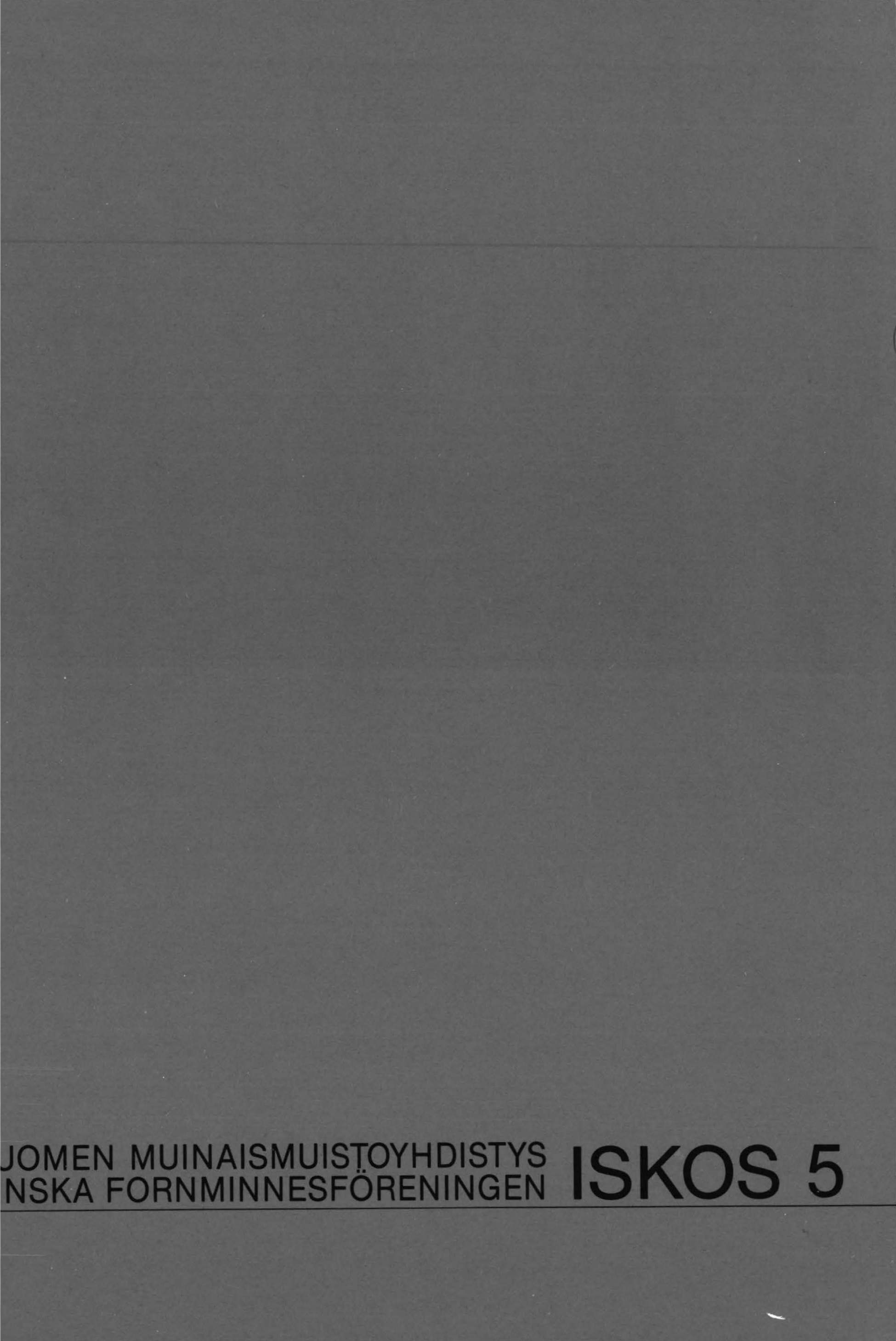The vegetation- and farming-history of Forsand, Rogaland in SW-Norway illustrated by a pollen percentage diagram, a pollen frequency diagram and a pollen influx diagram
Abstract
In 1982 a pollen analytic study of a bog at Forsand, Rogaland in SW-Norway was carried out. Three pills of Lycopodium (containing 33900 Lycopodium spores) were added to each 1 cm3 sample from the peat series when prepared for pollen analysis.
The results are presented in: 1) a traditional percentage diagram showing the immigration of the trees and the beginning of farming, 2) an absolut pollen frequency diagram showing great differences in the amount of pollen/cm3 through the peat column, and 3) a pollen influx diagram, with the yearly pollen fall-out/cm2 surface, indicating a different picture of the changes in the vegetation density than what is evident in the pollen percentage diagram. The influx diagram shows how the beginning of farming caused the destruction of the forest, and later also the decline of herbs because of erosion due to a strong utilization of the vegetation cover.
The study illustrates the need for absolute pollen frequency data and a large number of 14C-dates, to calculate the yearly pollen fall-out/cm2 surface. More information about the changes in the vegetation and the farming intensity during the time in question can then be obtained.




